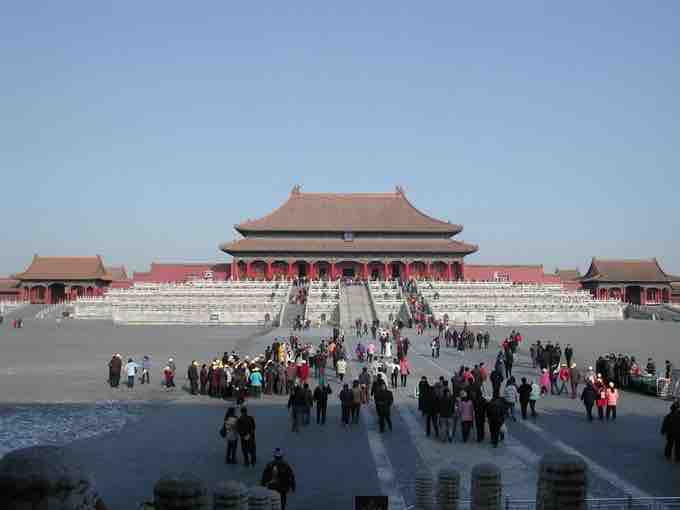Around half of the world's population currently lives in an urban area, and the United Nations World Urbanization Prospects Report suggests that 60% of the world's population will live in an urban area by the year 2030. As such, social scientists have paid increasing attention to the particular types of social dynamics that develop in urban environments.
Social scientists have focused on social interactions in urban areas because cities have the unique capacity to bring together many cultural strands. Economic problems and power dynamics are intensified in small spatial areas in which resources are scarce due to dense populations. Further, cities operate as zones of confluence for economic relationships and other types of diversity as new ideas, people, and goods are constantly flowing through urban areas. As a result, the people there have to respond to new influences, often bringing dominant strains of culture to the fore. What does a particular group of people value? What can they tolerate? What do they revolt against? All of these questions play out in cities.
Urban anthropology is an anthropological subfield primarily concerned with urbanization, poverty, and the consequences of neoliberalism, or the contemporary political movement that advocates economic liberalization, free trade, free movement, and open markets. There are four central approaches to an anthropological study of cities. The first is an urban ecology model in which the social scientist considers how individuals interact with others in their urban community. Second, one could focus on power and knowledge, specifically how these elements are combined in the development of urban structures. Third, one can study how localities relate to communities beyond their bounds, such as an analysis of the relationship between the local and the global. Finally, one can consider how political economy, or the study of production, law, and distribution, is essential to a city's infrastructure and the consequences of this interdependence. These questions have been closely examined in urban contexts in the past fifty years.
Despite the relatively recent ascent of urban sociology, sociologists have long studied the sociological implications of space. Georg Simmel, a German sociologist from the turn of the twentieth century, famously considered the social impact of urban environments in The Metropolis and Mental Life. Published in 1903, this work was originally given as one of a series of lectures on all aspects of city life by experts in various fields, ranging from science to religion to art. Simmel was originally asked to lecture on the role of intellectual life in Berlin, but he effectively reversed the topic in order to analyze the effects of urbanity on the mind of the individual. Simmel argues that urban life irreversibly transforms one's mind. Simmel does not say that these changes are negative, but writes that structural forces on socialization are particularly strong in an urban milieu.
Social scientists thus ask two sets of questions about social life in urban areas. The first set asks how social interactions are shaped by urban environments and how social interactions in urban environments are distinct from social interactions in other contexts. These are the types of questions asked by Simmel and urban anthropologists. The other strand of analysis asks more pointed questions about how the architecture and physical space of a city influence social interactions. This second set of questions is taken up by urban planners, architects, and, in the social sciences, by individuals who study the sociology of architecture and the sociology of space. Clearly, questions about social interactions in urban areas cluster loosely and are quite broad. However, it is clear that social dynamics are influenced by urbanity and sociologists intentionally study this field in broad terms to understand the multifaceted ways in which urban life influences society.

Urban Social Life
In cities, such as Beijing, people are exposed to large populations of unfamiliar faces, including transient visitors. This changes one's orientation to the urban community.